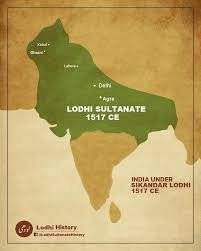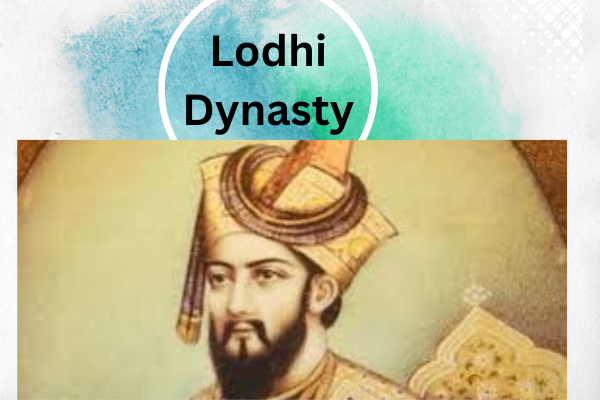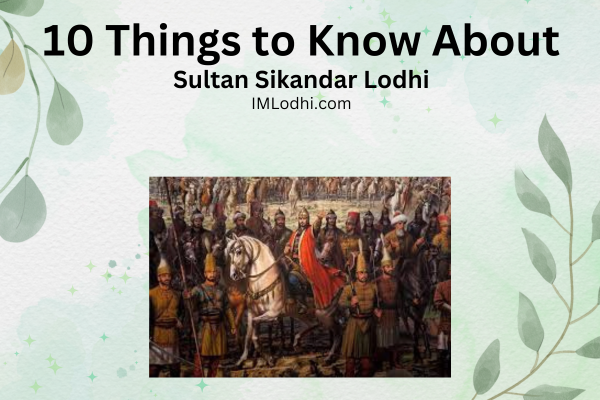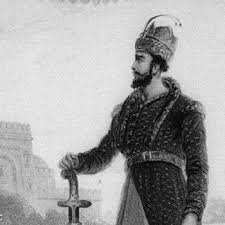Lodhi dynasty | Lodhi Empire, Delhi Sultanate & Afghan Rule
Lodhi dynasty | Lodhi Empire, Delhi Sultanate & Afghan Rule
The Lodhi dynasty, Lodhi Empire, Lodhi family, Delhi Sultanate & Afghan Rule is historically associated with the Lodhi dynasty, which ruled parts of Northern India during the 15th and early 16th centuries. The dynasty was founded by Bahlul Khan Lodhi, who became Sultan of Delhi in 1451 after defeating the Sayyid dynasty. The Lodhi’s were originally of Afghan Pashtun descent and are known for their military prowess and administration.

Afghan Heritage and Tribal Loyalty
Military Prowess
Simplicity in Lifestyle
Islamic Faith
As Muslims, the Lodhis followed Islamic practices and were patrons of Islamic architecture and culture. They built several mosques and tombs, particularly in Delhi, which reflected their religious devotion.
Architectural Contributions
As Muslims, the Lodhis followed Islamic practices and were patrons of Islamic architecture and culture. They built several mosques and tombs, particularly in Delhi, which reflected their religious devotion.
Urban Development
The Lodhis, particularly Sikandar Lodhi, contributed to the development of cities like Agra, which became a major center of trade and culture under their rule. They focused on infrastructure and urban planning to improve the governance of their territories.
Focus on Agriculture
Agriculture was a major focus of their administration. They took measures to enhance irrigation and agricultural productivity, recognizing its importance for the economy and the sustenance of their empire
Challenges with Centralized Authority
The Lodhi dynasty often struggled with maintaining centralized authority due to their decentralized, tribal governance model. Their system allowed local chieftains and nobles significant autonomy, which sometimes led to internal conflicts
Decline and Conflict
These features highlight the combination of Afghan tribal traditions and the challenges of ruling an empire in medieval India.These features highlight the combination of Afghan tribal traditions and the challenges of ruling an empire in medieval India.
These features highlight the combination of Afghan tribal traditions and the challenges of ruling an empire in medieval India.







One Comment